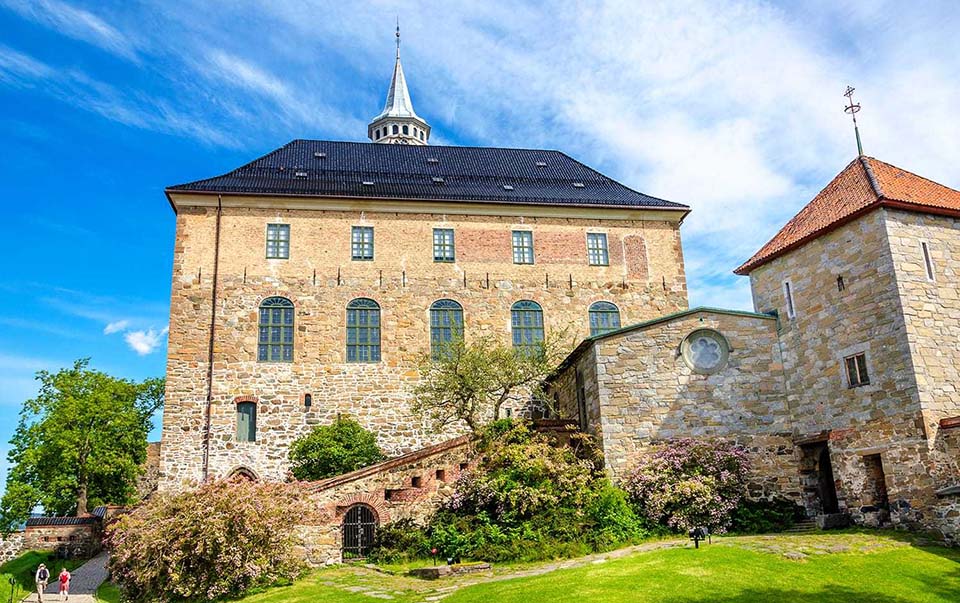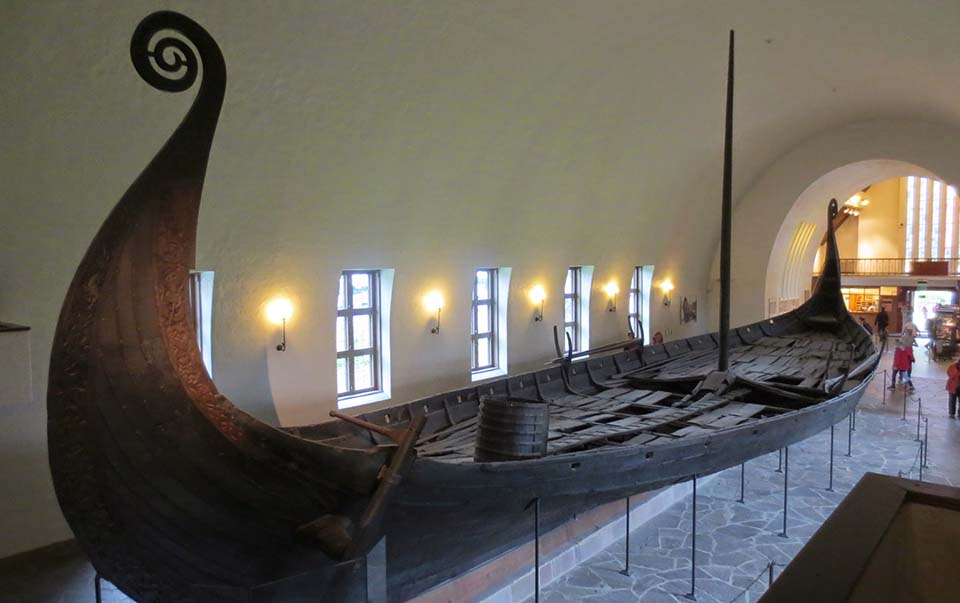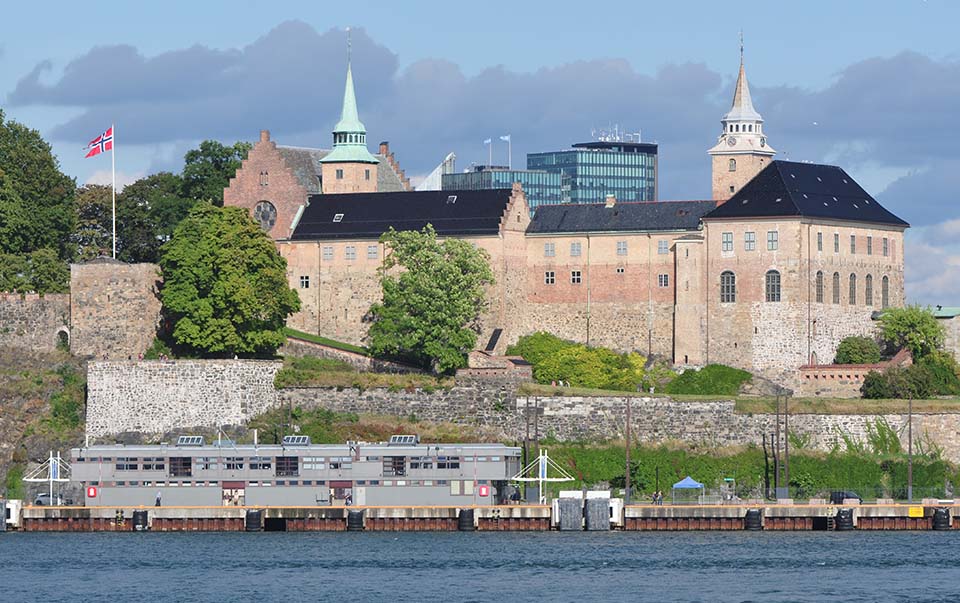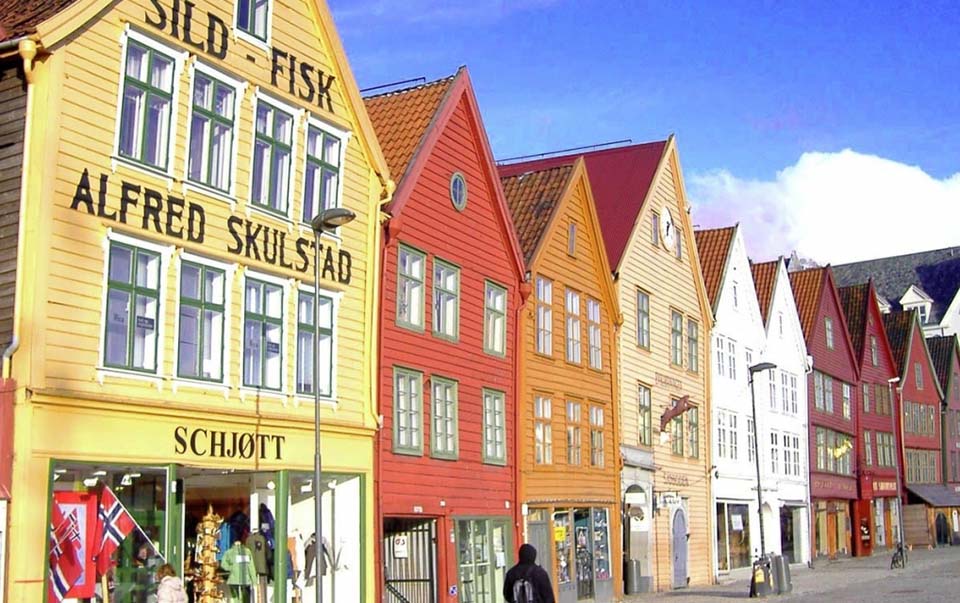Oslo, the capital of Norway, is a city rich in history and heritage, with an abundance of historical landmarks that transport visitors to bygone eras. From the formidable Akershus Fortress to the Viking Ship Museum’s ancient vessels, Oslo’s historic sites offer a glimpse into the city’s fascinating past. We’ll delve into some of Oslo’s most iconic historical attractions, providing insights on planning your visit and highlighting what makes each site a must-see.
The Akershus Fortress
1.Planning Your Visit

Visiting the Akershus Fortress is a straightforward affair. The fortress is open to the public, and tickets can be purchased at the entrance. However, guided tours are available and highly recommended for a deeper understanding of the fortress’s history.
2.Notable Features
The Akershus Fortress, dating back to the late 1200s, stands as a formidable medieval stronghold with a commanding view over Oslo’s harbor. Over the centuries, it has served various roles, from a royal residence to a military bastion. Today, it stands as a symbol of Oslo’s resilience and history.
While exploring the fortress, don’t miss the Akershus Castle, a Renaissance-style palace housing the Norwegian Armed Forces Museum. The castle’s beautifully preserved interiors offer a glimpse into royal life across different epochs.
The fortress’s battlements provide sweeping vistas of Oslo, making it an excellent spot for photography and leisurely walks. The tranquil medieval church within the fortress, the Akershus Castle Church, is also worth a visit.
The Viking Ship Museum

1.Planning Your Visit
The Viking Ship Museum is a popular attraction, so it’s advisable to book tickets in advance, especially during peak tourist seasons. Tickets can be purchased online or at the museum entrance.
2.Notable Features
Oslo’s Viking Ship Museum offers a remarkable window into Norway’s Viking heritage. It houses three exceptionally well-preserved Viking ships: the Oseberg, Gokstad, and Tune ships, all dating back to the 9th century. These ships, unearthed from burial mounds, provide a unique insight into Viking craftsmanship and seafaring prowess.
The museum also boasts an array of Viking artifacts, including tools, sledges, carts, and textiles, offering visitors a comprehensive understanding of Viking life and culture.
The Oseberg ship, used as a burial vessel for a wealthy Viking woman, is one of the most iconic exhibits. Its intricate carvings and well-preserved wooden structures are truly awe-inspiring.
The Royal Palace
1.Planning Your Visit
While you can’t enter the Royal Palace itself, you can explore the surrounding park, gardens, and witness the daily Changing of the Guard ceremony, which takes place at 1:30 PM. The ceremony is open to the public, and no tickets are required.
2.Notable Features
The Royal Palace, with its neoclassical architecture, sits atop a gentle hill, making it a significant part of Oslo’s historical and cultural landscape. While the palace’s interior is off-limits, the surrounding areas offer delightful exploration.
The Slottsparken (Palace Park) is perfect for a leisurely stroll, adorned with sculptures, fountains, and a serene pond. During the summer months, vibrant flower displays add to the park’s charm.
The daily Changing of the Guard ceremony is a highlight for many visitors, featuring the Royal Guards in their striking uniforms and bearskin hats, performing the tradition with precision and grandeur.
The Fram Museum
1.Planning Your Visit
The Fram Museum is easily accessible, and tickets can be purchased at the entrance. Check the museum’s opening hours, especially during the off-peak season.
2.Notable Features
The Fram Museum celebrates Norway’s polar exploration history, with a focus on expeditions led by Roald Amundsen and Fridtjof Nansen. At its center is the Fram, a wooden ship used in these epic polar journeys.
Visitors can explore the Fram’s interior, gaining insights into the challenges and triumphs of brave explorers who ventured into the Arctic and Antarctic regions. The museum features photographs, diaries, and artifacts from these expeditions, providing a deep dive into the world of polar exploration.
The Fram Museum also houses the Gjøa, the first ship to successfully navigate the Northwest Passage, further highlighting Norway’s pivotal role in pioneering polar exploration.
When planning your visit to these historic sites, remember to check opening hours, consider booking tickets in advance where necessary, and take advantage of guided tours for a deeper understanding of their significance. Exploring Oslo’s history and heritage is a rewarding experience, connecting you with the city’s rich past and enhancing your appreciation for its vibrant present. Enjoy your historical journey through the heart of Norway’s capital!



